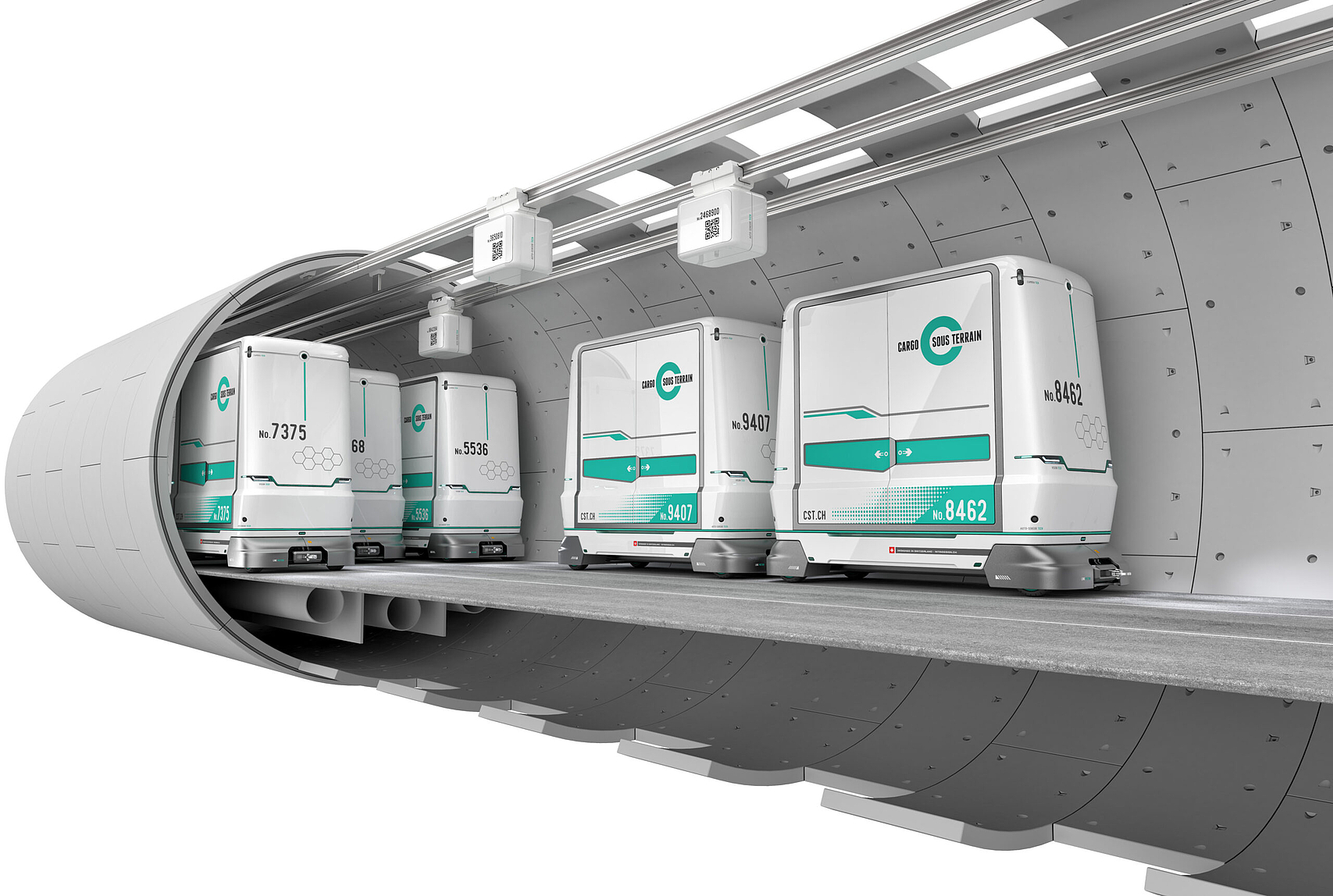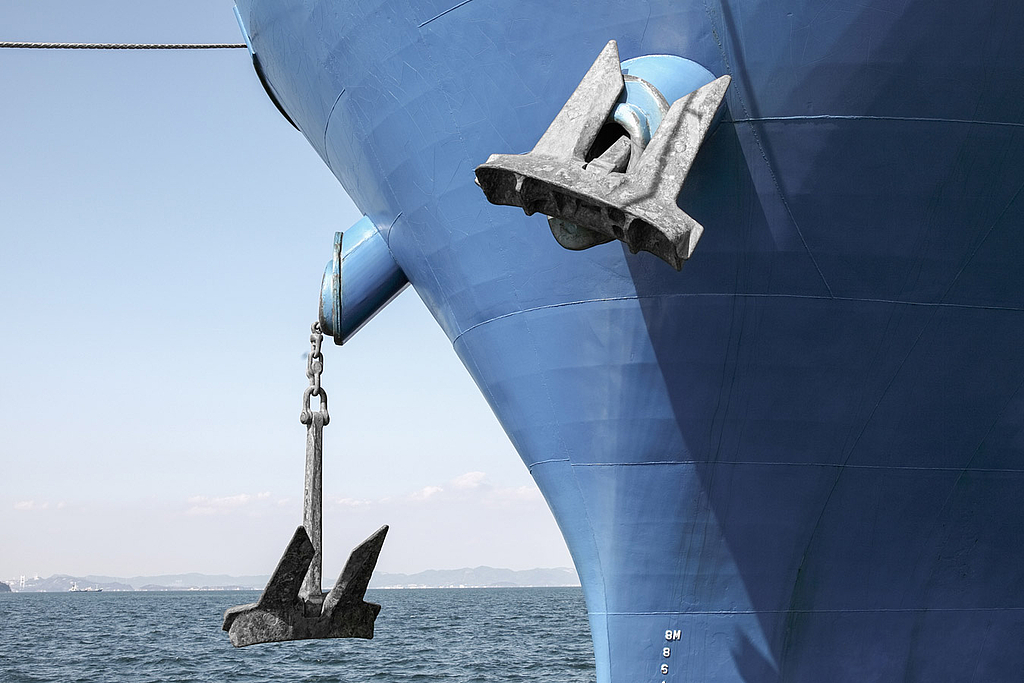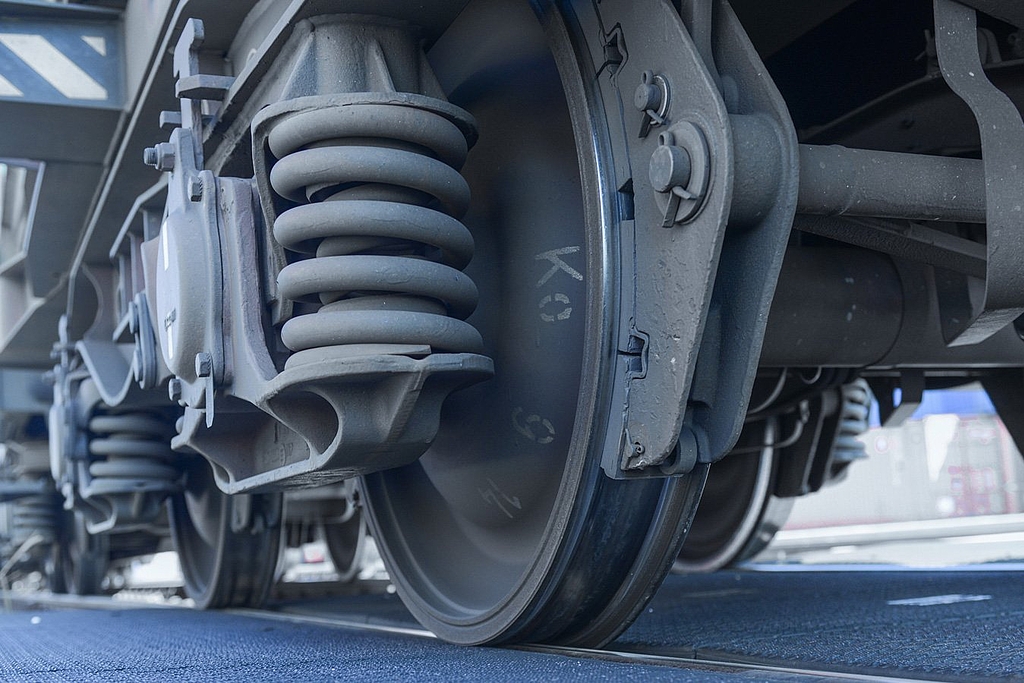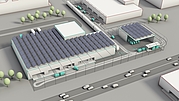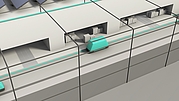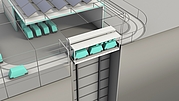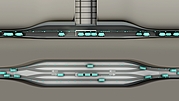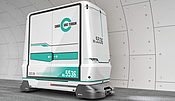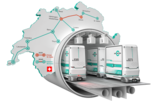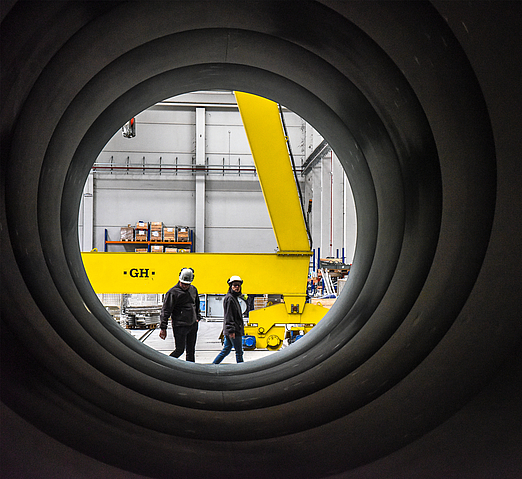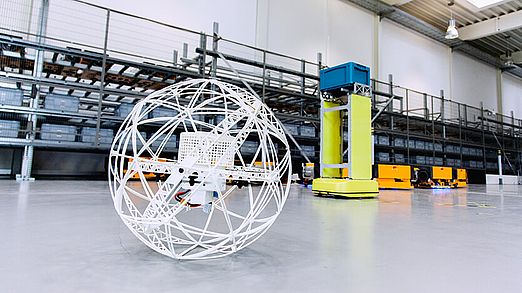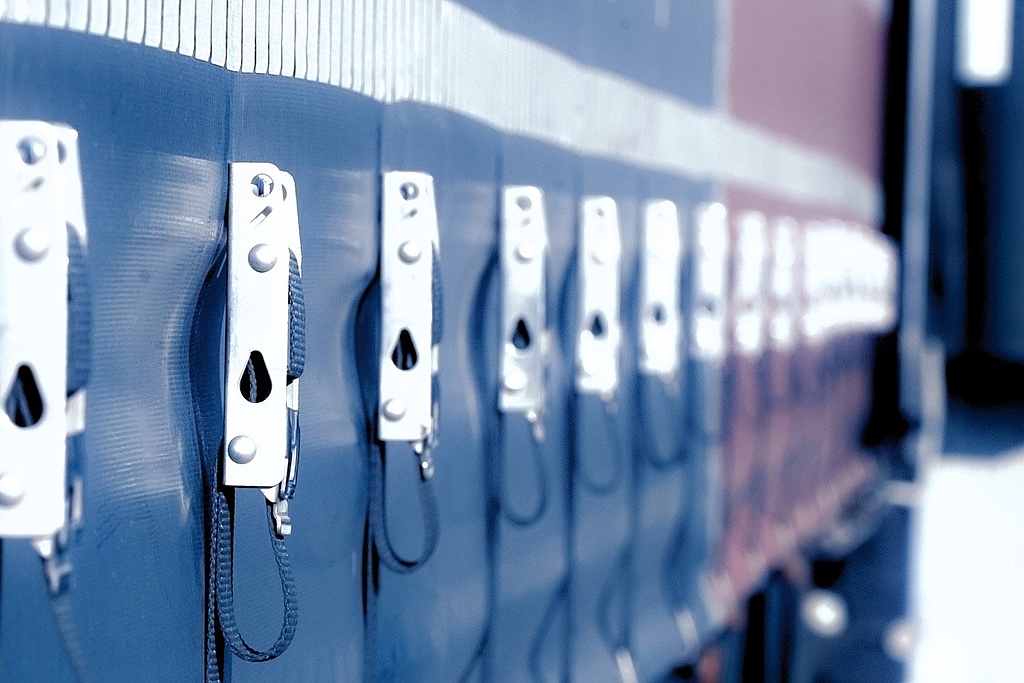Cargo sous terrain to enable sustainable freight transport beneath Switzerland
The future goes underground
- Insights
Europe’s roads and cities are becoming increasingly crowded. Trucks play a large role in this development – and as a result of this fact, the environmental footprint is also growing steadily. Consequently, eco-friendly and low-traffic transport options are increasingly in demand while new strategies for supplying urban centers are being sought. With “Cargo sous terrain” (CST), an innovative solution for freight transport infrastructure, the Swiss are looking for solutions underground. Because we all know the Swiss are good at making holes – and a kind of “freight subway” seems to be a practical solution.
